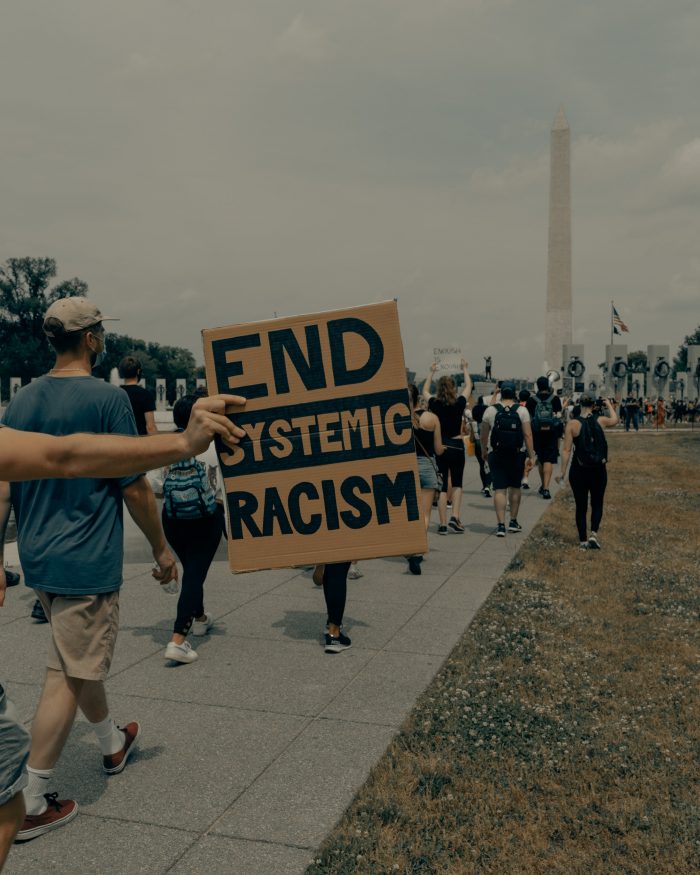DHS Racial Equity Action Kick-Off – Day Two

Good morning,
I hope that you’re all feeling well today and that you found yesterday’s readings helpful and informative. Today, we are going to talk about types of racism and how it can exist and persist even in today’s society. For some, the topic of race was never discussed, and for others, race has been inextricably linked to all parts of their lives. Some of us grew up learning that if we see people as people and do not “see color”, we will overcome racism. Unfortunately, while well-intended, we know today that that approach has not served people of color well. It’s important to understand how this perspective can create more challenges; these challenges are outlined in “Being ‘Color Blind’ Doesn’t Make You Not Racist—In Fact, It Can Mean the Opposite”. This article and all other articles from today are available here.
As yesterday’s readings taught, racial identity can deeply affect how a person experiences the world and how they are treated by the world. People of color cannot separate their racial identity from their lives, and disregarding that fact disregards how they experience the world. As I said yesterday, my experience as a woman is different from how a man experiences the world. In the same vein, we cannot remove race as a factor in how a person experiences the world.
Many of us are now learning how our own education on race and racism in post-Civil-Rights-Era America has not done enough to help us understand the nuances of how racism still persists throughout our country, systems, and communities today. This can happen both passively and actively. Through these conversations, there are often different types of racism discussed. Understanding these types is important to understanding how they present themselves and affect people in different ways. For now, I invite you to explore more about these different types of racism and how they intersect. The Aspen Institute defines these well, and “What is Systemic Racism and Institutional Racism?” breaks down how they play out in society.
As we progress through our educational journey, we must remember that people of color are not a monolith. They can in fact experience racism in different ways. Teaching Tolerance’s “What’s ‘Colorism’?” explains this varying dynamic.
As you read these resources, I encourage you to think about the following questions:
- How has your race influenced your sense of self?
- How were you taught about racism? Do you feel it adequately prepared you to identify and respond to racism?
- Has racism affected how you perceive your own community?
- What were your reactions to the four levels of racism? Do they match your understanding of racism?
- How do you see structural and institutional racism in the world today?
- Were you familiar with colorism? Have you considered how it may affect a person’s experience?
I also encourage you to have these conversations with your coworkers if you are comfortable and able to do so. This is an opportunity for us to learn together, share our experiences, foster understanding and community, and build stronger bonds through these difficult but extremely necessary conversations.
Remember that these articles are meant to be a foundation and introduction that you can build from. They are not the only sources and perspectives on these issues.
Talk to you tomorrow,
Teresa Miller, Secretary of the Department of Human Services









